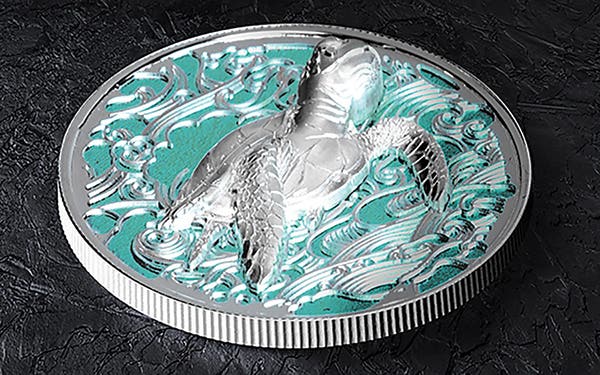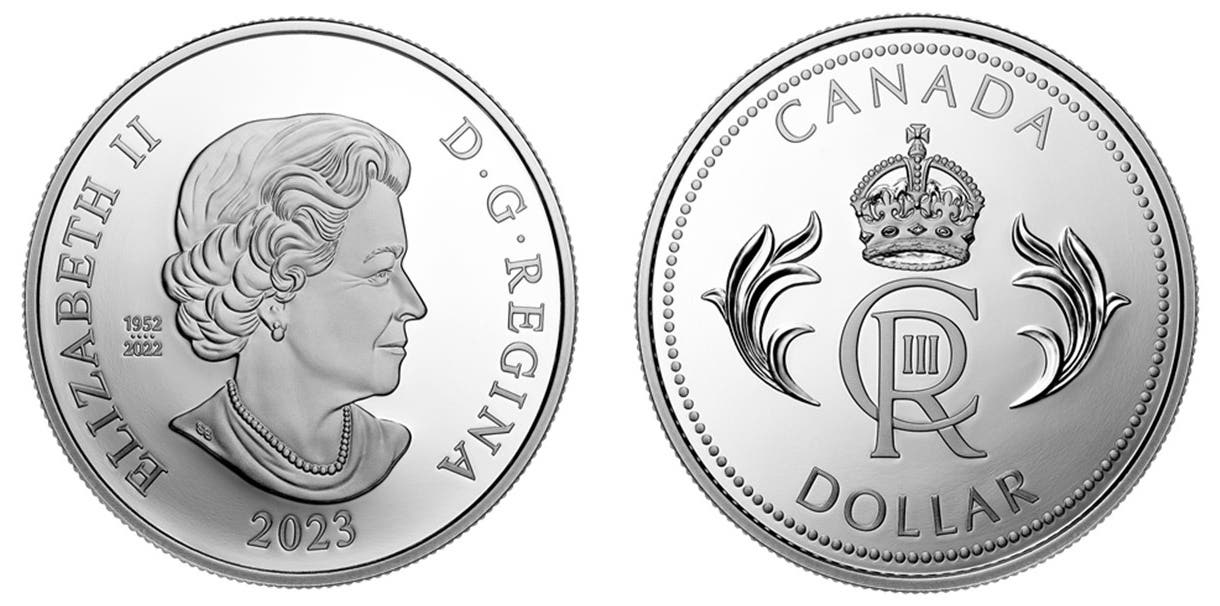Estonia Saves on Minting Expenses
Estonia recently reported it has repatriated sufficient 1- and 2-cent euro coins to equal a two-month supply of the lowly denominations to avoid having to produce more
The Philippines has been trying to avoid minting costs by encouraging coins held by the public to re-circulate. The Isle of Man grudgingly submitted to consumer demands that their lowest denomination coins remain in circulation despite the expense of striking more of them. (The IOM is stockpiling coins, but for the present won’t mint further coins in low denominations.) Several European Union eurozone countries are abandoning the lowest denomination euro cent coins due to production expenses.
Estonia recently reported it has repatriated sufficient 1- and 2-cent euro coins that there is now a two-month supply of the lowly denominations to avoid having to produce more of them, at least for the time being.
The Eesti Pank, or Bank of Estonia, recently proposed that rounding rules be introduced for 1 and 2-cent euro coins. The Ministry of Finance has since sent the proposal to various stakeholder groups for their opinions. Should rounding be imposed, it would impact the final price of a shopping transaction rather than the individual items that make up that purchase. The value would be rounded either up or down to the nearest five cents value. Rounding would only take place on cash purchases.
A November 2 The Baltic Times article included the comment: “1- and 2-cent coins have a significant environmental impact but rarely return to circulation.” Other sources suggested making these denominations wastes natural resources and is toxic to both people and the environment. Cents are composed of three percent copper and 97 percent zinc, the metal primarily originating from virgin ore.
The search engine Google’s reply to the question if cash is environmentally friendly was answered with: “Paying with cash is far more environmentally responsible than digital payment alternatives due to the sustainable resources used to make it, contrary to the narrative being spun by card companies and banks. The cashless society that many people want to see happen is not eco-friendly at all.”
Estonia began its campaign to flush coins out of hiding began in September. Post offices in the Tallinn Jarve and Tartu Kvartali shopping centers began accepting the small change coins without charging handling fees. The goal of collecting one million coins was achieved in 10 days. Additional coins can still be redeemed, but there is a small service charge. The Bank of Estonia issues what it estimates as a nebulous “two truckloads” of the coins into circulation annually.
The central bank issued about 6.14 million coins with a face value of about €2.4 million during the third quarter of 2023. About 46 percent of those coins were in the 1- and 2-cent euro denominations. A total of 2.8 million 1- and 2-cent coins were issued in the third quarter, these having an estimated combined weight of 7.4 tons.
Commercial banks returned about 1.3 million coins with a value of about €700,000 to the central bank during the same period. This is about 15 percent more than what was returned to the central bank within the second quarter of the year.
During the third quarter of 2023, the central bank issued about 7.7 million bank notes with a face value of about €255 million. At the same time, about 6.71 million bank notes with a total value of €240 million were returned to the central bank. An estimated 880,000 notes were destroyed, having been cited as being unfit to be re-circulated.
Cash withdrawals from Automated Teller Machines decreased during the third quarter, with about 5.9 million pieces with a face value of about €957 million being withdrawn. This is about six percent lower than for the same period one year earlier. Cash deposits were about equal to cash deposits during the same period one year earlier.
Estonia issues coins and bank notes in the same denominations as are issued by other eurozone members of the European Union. This includes coins in denominations of 1, 5, 10, 20, and 50 cents and 1 and 2 euro. Bank notes are issued in denominations of 5, 10, 20, 50, 100, and 200 euro. The 500-euro denomination has not been issued since 2019 but remains legal tender.
You may also like Small Change Versus the Environment








